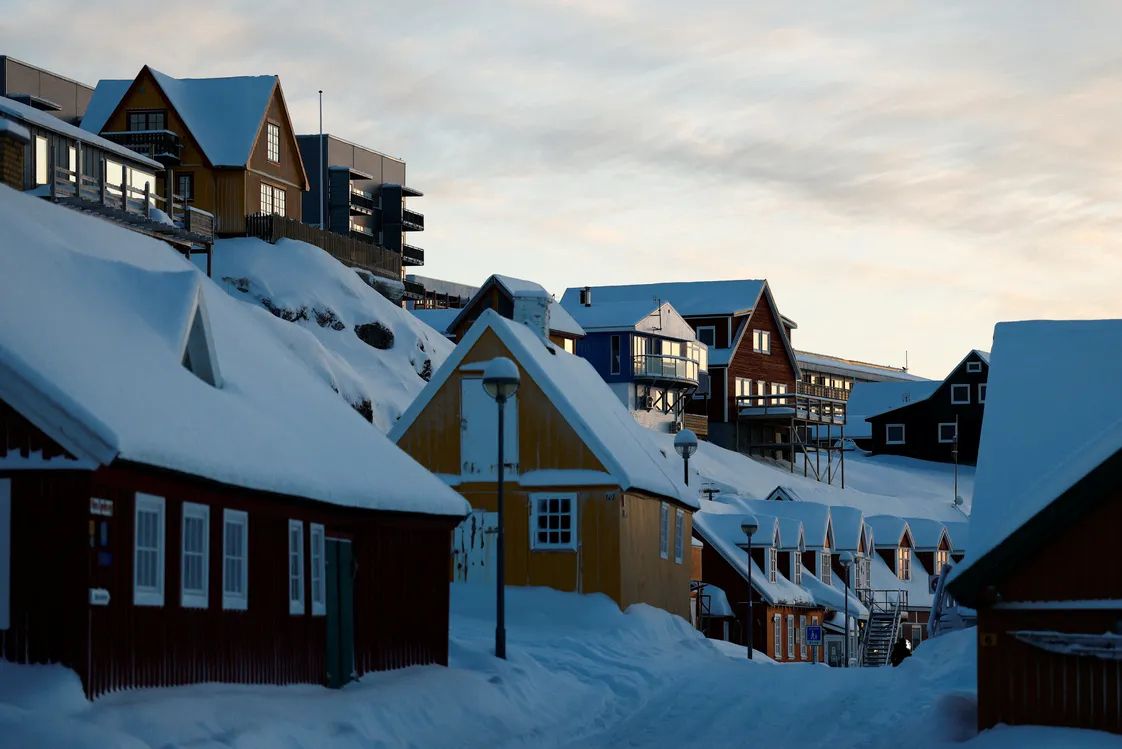
Colorful red, blue and yellow houses dot its snow-covered hills. Seals, whales and fish swim in the frigid, glacial waters that lap its shores. And it’s covered in ice.
What else is there to know about Greenland? More than you might think.
President Donald Trump’s recent calls for the U.S. to acquire control of the large arctic island have put it in the spotlight. But Greenland has a rich history on the world stage.
More: ‘Buy us!’: Greenlanders shocked, intrigued, bewildered by Trump zeal for Arctic territory
Here’s what to know about the sparsely populated, frozen territory.
Greenland’s relationship with Denmark
The first people migrated to Greenland around 4,000 to 5,000 years ago from Asia. They crossed the Bering Strait, a narrow passage between present day Russia and Alaska, into North America, and then traversed north into Greenland, according to Denmark’s official website. Around 88% of Greenland’s population today are Inuit people, or indigenous descendants of those early migrants, according to the International Work Group for Indigenous Affairs.
More: Distorted maps have misled you: Greenland isn’t as big as you think.
Europeans first arrived in Greenland, around 1,050 years ago. A Norwegian Viking known as Eric the Red voyaged to Greenland after he was banished from Norway, and then Iceland for a series of murders. The story goes that he named the island because of the green meadows he found when he landed on its shores in the summer and because he believed the name would entice people to want to settle there.
After centuries of trading with the native Inuit people, Denmark began to colonize the island in the 18th Century and, according to the Danish Museum, officially declared its authority over Greenland in the 1930s.
Today, Greenland is recognized as an autonomous territory of Denmark with its own parliament and prime minister.
Greenland is a large island with a small population
Greenland is the world’s largest island, spanning more than 835,000 square miles, with around almost 80% of that land covered by ice caps and glaciers. The inhabitable, ice-free areas of the island, mostly located along the coast, are believed to be about the size of Sweden.
The island, itself, is about three times the size of Texas.
But Greenland’s population of roughly 56,000 is a small fraction of the Scandinavian country. For context, the least-populated U.S. state, Wyoming, had around 577,000 people at the time of the 2020 U.S. Census. Greenland’s entire population could just about fit into Dodger Stadium in Los Angeles.
Nuuk, Greenland’s most populated city, is home to roughly 35% of its residents.
Greenland’s on-and-off relationship with the U.S.
Greenland has had a long, and at times tumultuous, relationship with the United States.
The island briefly fell under the protection of the United States, which was interested in its critical weather stations, after Germany occupied Denmark during World War II. President Harry Truman offered $100 million − about $1.3 billion today − in gold to Denmark for Greenland after the war but they declined the offer.








